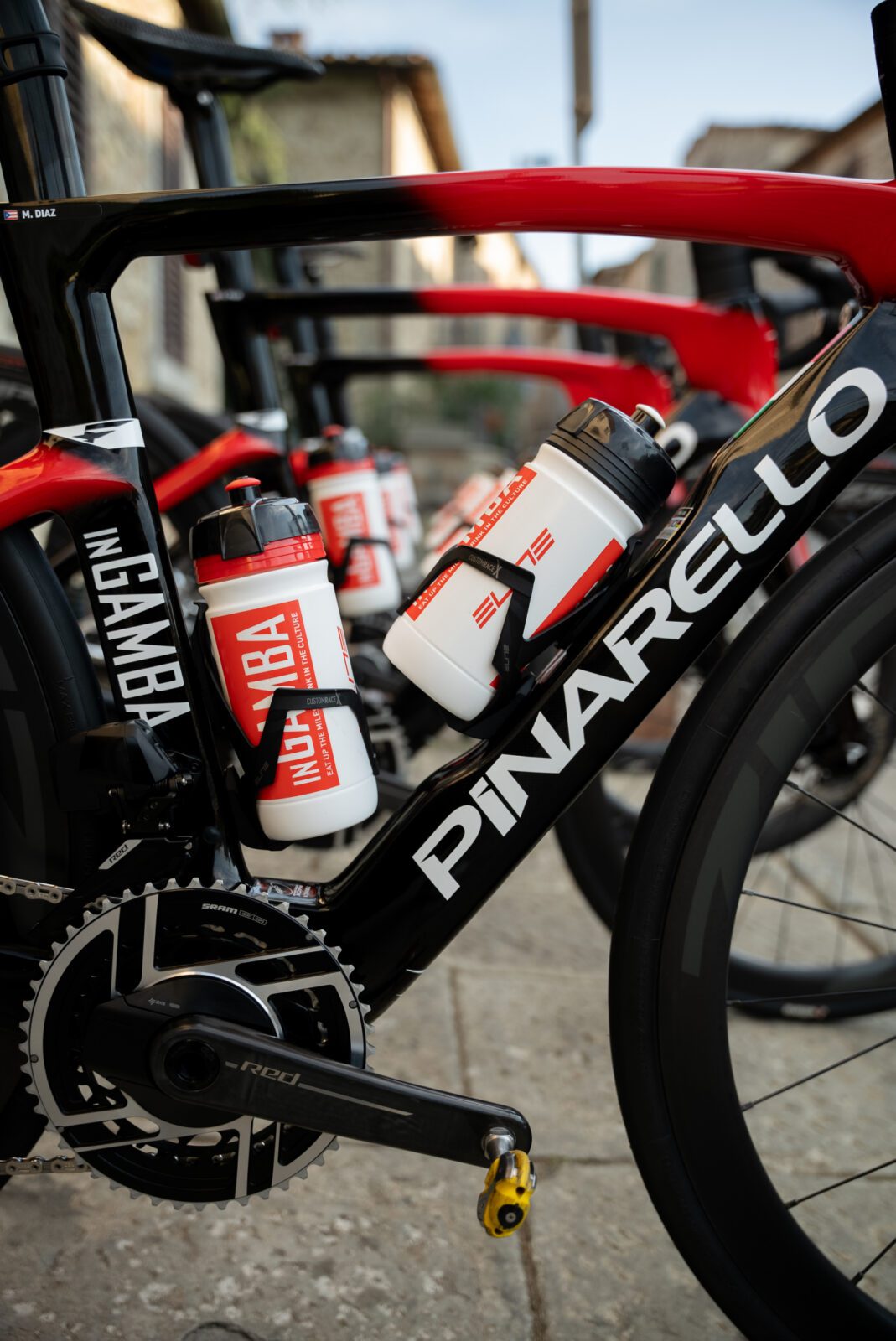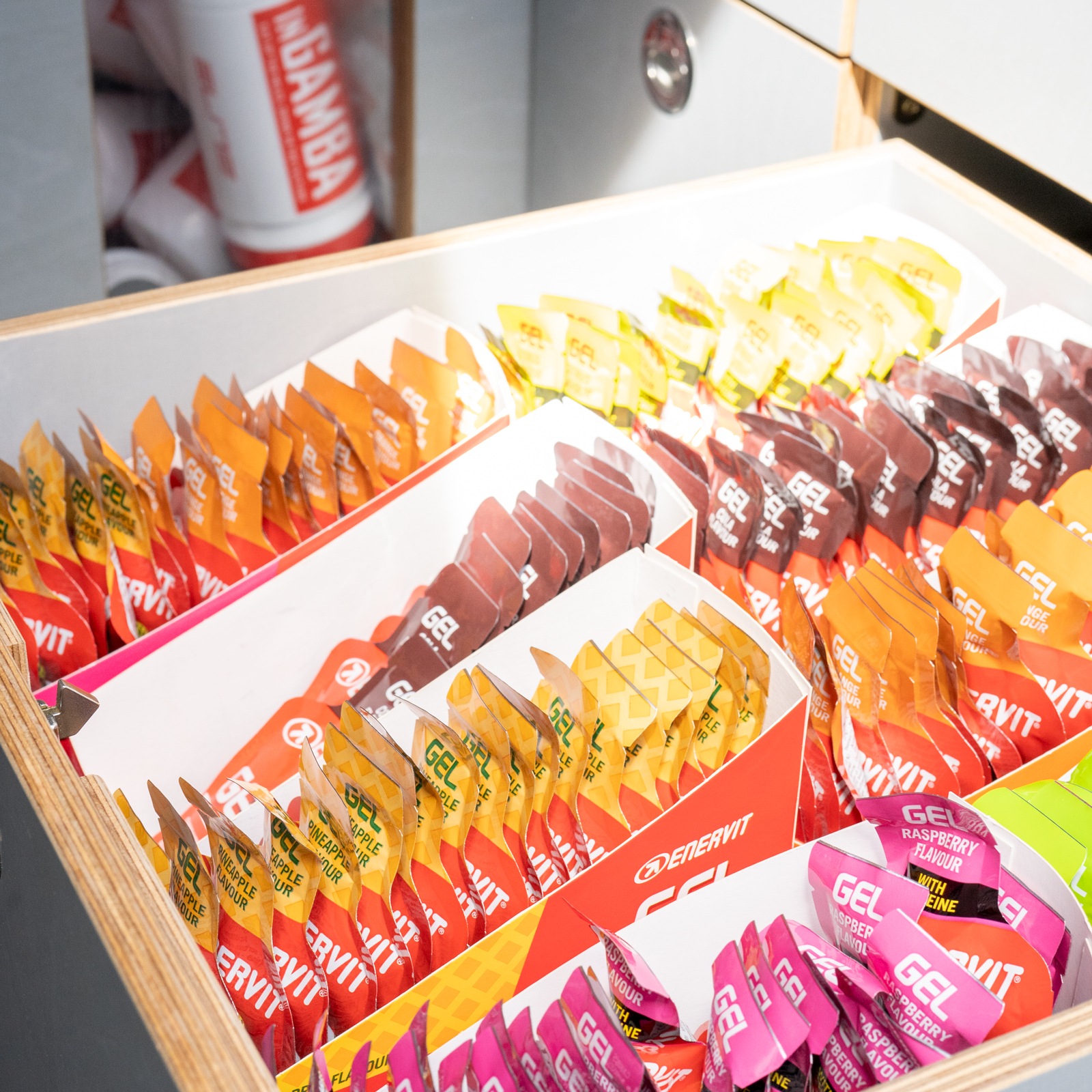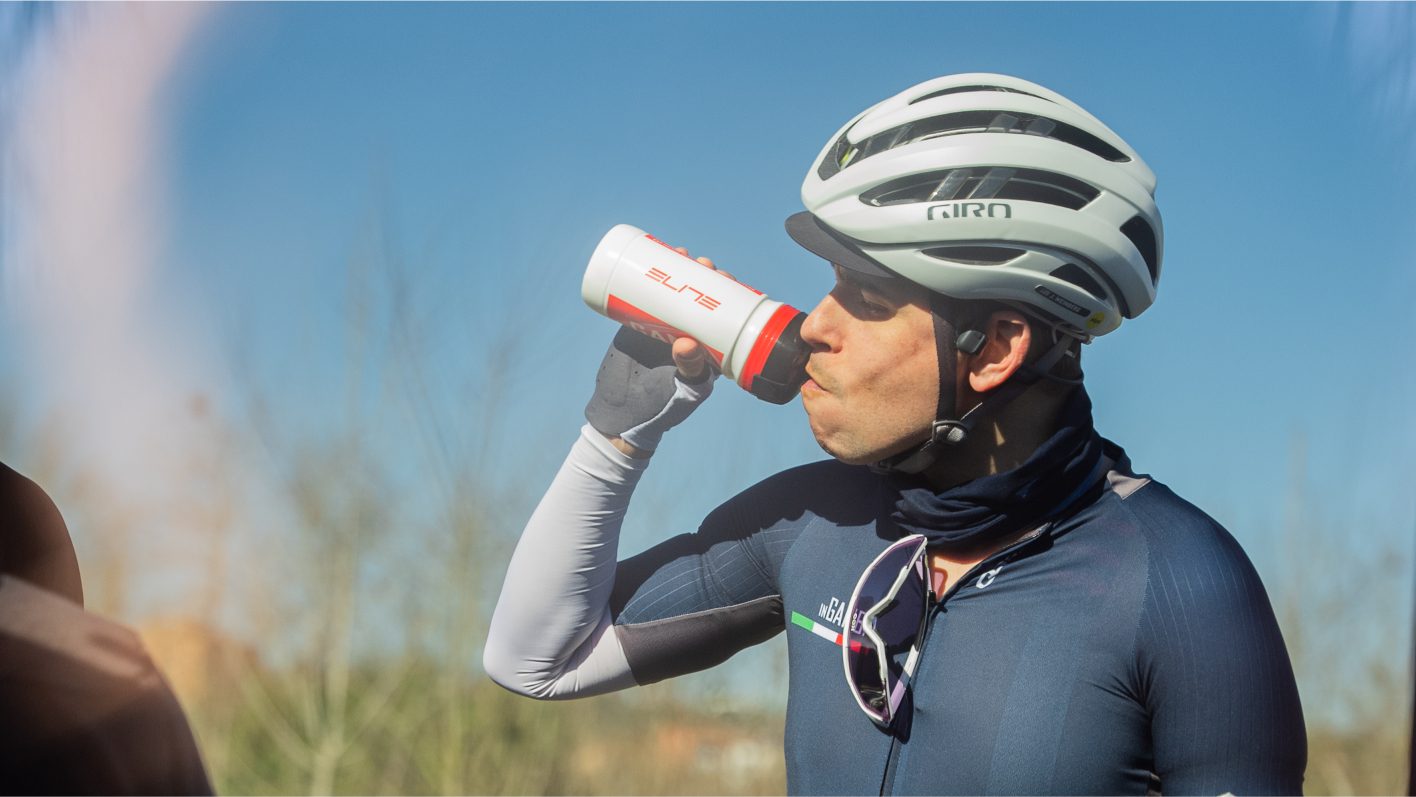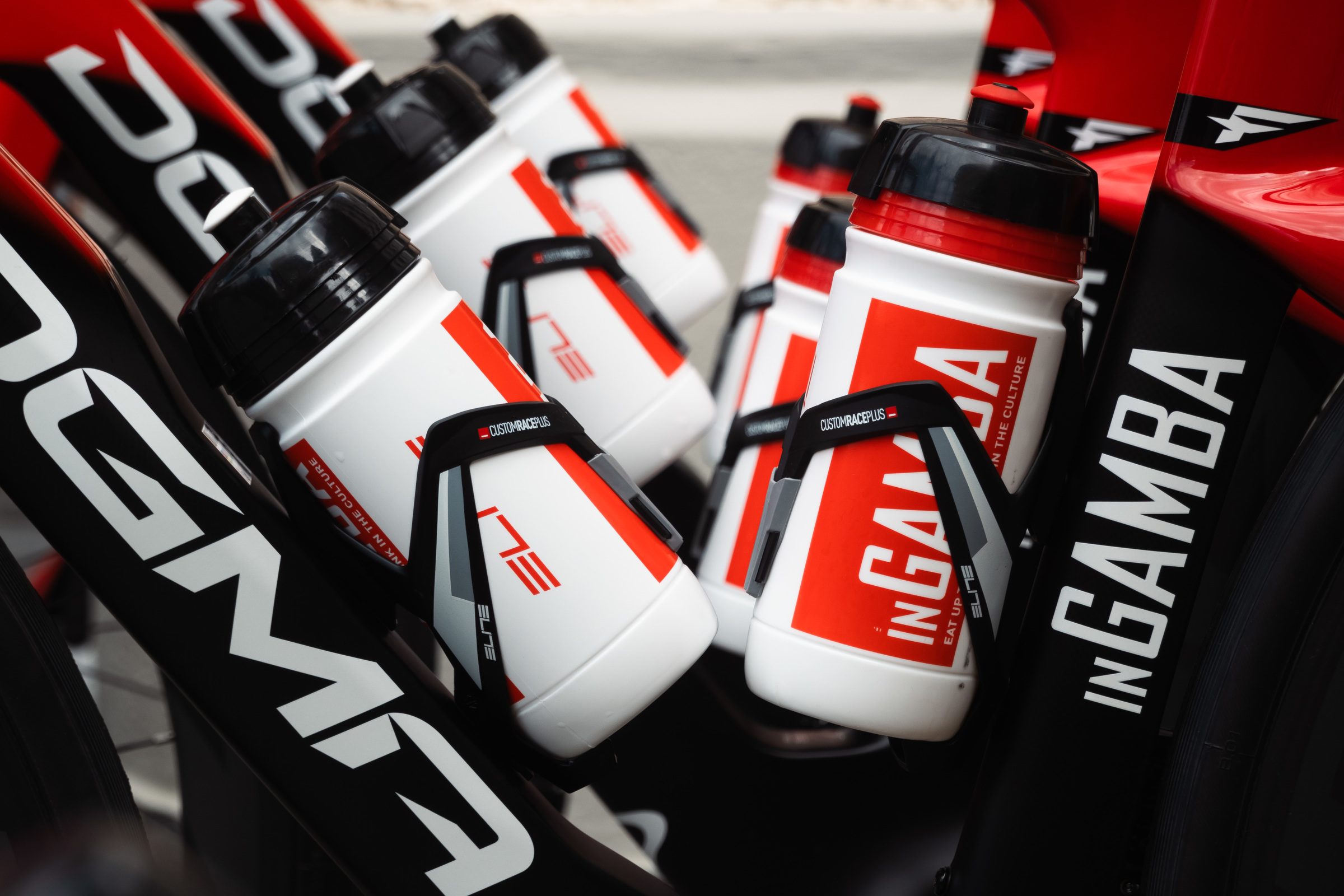High carb intake while cycling has been trendy for a while, but as a recreational cyclist, how much do you really need?
While the pros have been making headlines for the last couple of years with their ultra-high carbohydrate intake on the bike, is 120 grams of carbs per hour (or even more) really something that even serious recreational riders need to pursue? While anecdotally, more carbs seems to equal more power, research is mixed. Here’s what we know—and the best protocols for maximizing your on-bike gains while minimizing any potential gut issues.

What do we know about carb intake?
In the past, 60 to 90 grams of carbs per hour—the equivalent of 240 to 360 calories of a sugar-based drink, gel or bar—was the standard recommendation for endurance cyclists and other endurance athletes. In recent years, most dietitians and cyclists have found that opting for the higher end of that spectrum—the 90 grams of carbs—tends to lead to better performance outcomes.
Kristen Ziesmer, registered dietitian at Elite Nutrition and Performance, is a fan of moderation and self-experimentation when it comes to carbs. “There is actually a cap on carbohydrates per hour that we can utilize,” she says. “Your body can only utilize so much at one time, so if you’re taking in more than 90 grams per hour, it’s likely going to cause the GI issues and may even can cause you to become your muscles to become more stiff, which can actually decrease performance.”

What does the science say about more carbs per hour?
Just because you can eat 120 grams of carbs per hour—the equivalent of 480 calories of a sugar-based drink, gel or bar—doesn’t mean you should. According to a 2022 study done on elite cyclists, “As carbohydrate intake increased, so did exogenous carbohydrate oxidation rates… Essentially meaning that elite-level cyclists can tolerate 120g/hr.”
So yes, they could absorb the carbohydrate—but what the researchers said next is the important part:
Absence of differences in endogenous CHO utilisation rates at an average exercise intensity that is comparable to those observed in professional cycling (Sanders and Heijboer 2019) casts a doubt whether there are any functional benefits of ingesting CHO at rates higher than 90 g h−1.
What they’re saying there is that while the cyclists could take in the 120 grams of carbs, they weren’t necessarily able to use those carbs. So yes, you can take in more carbs per hour now, thanks to easier to digest drinks and gels, but there’s a limit to how much sugar your body can properly process and put to use while training.

But is there a reason to boost carb intake?
There are two good reasons to aim higher. First, taking in enough carbs on your ride doesn’t just help you during your ride. A 2020 study found that exercise-induced muscle damage was decreased when ultra-endurance athletes increased their fueling to 120 grams of carbs per hour versus 60 or 90 grams. The runners also reported feeling less tired afterwards. The increase in carbs may not have sped them up the mountain faster, but it got them back to running faster afterwards. (Now, it should be noted that this was done during a hard and long event that was extremely tough on the muscles, compared to a relatively easy endurance road ride.)
The other reason to aim higher when it comes to carbs, though, is because often, we underfuel despite our best intentions. As cycling coach Peter Glassford points out, it’s not always easy to eat that third gel or chug that entire bottle of sports drink. If you aim to take in 120 grams of carbs per hour, you’re still likely to fall short at some point during your ride just because of the demands of the terrain—and you’ll likely end up in that 90 gram range.

How can I increase my carb intake?
Slow and steady is the key for training your gut to digest and utilize more carbohydrates during your ride. If you’re someone who either doesn’t eat anything or just has a single gel per hour (which usually contains around 25 to 30 grams of carbs) on a ride now, don’t go straight to 90 grams per hour on your next ride! Instead, think incremental progress.
“You can’t just go from zero to 90 or 120 grams,” Ziesmer adds. “You really need to slowly increase that in training sessions.” She recommends eating anytime you are on the bike as a way to train your gut—even short rides can provide your body a chance to work on tolerating carbs! (Don’t go overboard on these—30 grams of carbs is plenty for an hour-long ride.)
Ziesmer is a fan of using a sports drink mix to start increasing your carb intake. “A drink is going to sit a lot lighter on your stomach and it’s not going to give you that overly full feeling,” she says. “Plus, it’s going to make sure that you’re also getting the water you need in order to actually let your body use those carbs.” You may eventually add in more gels and solids, but if you’re new to carbs in general or you’re trying to increase what you’re taking in, drinks are the easiest way to do it.
For example, if you already have one Enervit Carbo Gel C2:1 per hour, you’re getting 40 grams of carbs. Start increasing that by adding a half scoop of Enervit’s IsoCarb C2:1 Pro drink mix to your bottle for another 15 grams of carbohydrate. Try that for a few rides, and if your gut is tolerating it, increase to a full scoop for an extra 30 grams. Eventually, you’ll want to either add another Carbo Gel and decrease your drink mix slightly, or increase your drink mix to two scoops for 60 grams of carbs in your bottle. You’ll want to try different options, since some people prefer to drink their calories while others prefer to take a gel and have a less heavily flavored drink.
Ziesmer notes that for some cyclists, 60 grams per hour is going to be where they max out in terms of tolerance—and that’s okay. “For a lot of riders going up to the century distance, 60 grams per hour is going to be completely fine,” she says. “Focus on what makes you feel your best.”
Check out thefeed.com for an extensive selection of Enervit’s legendary performance products, including their groundbreaking new C2:1 Pro range.














